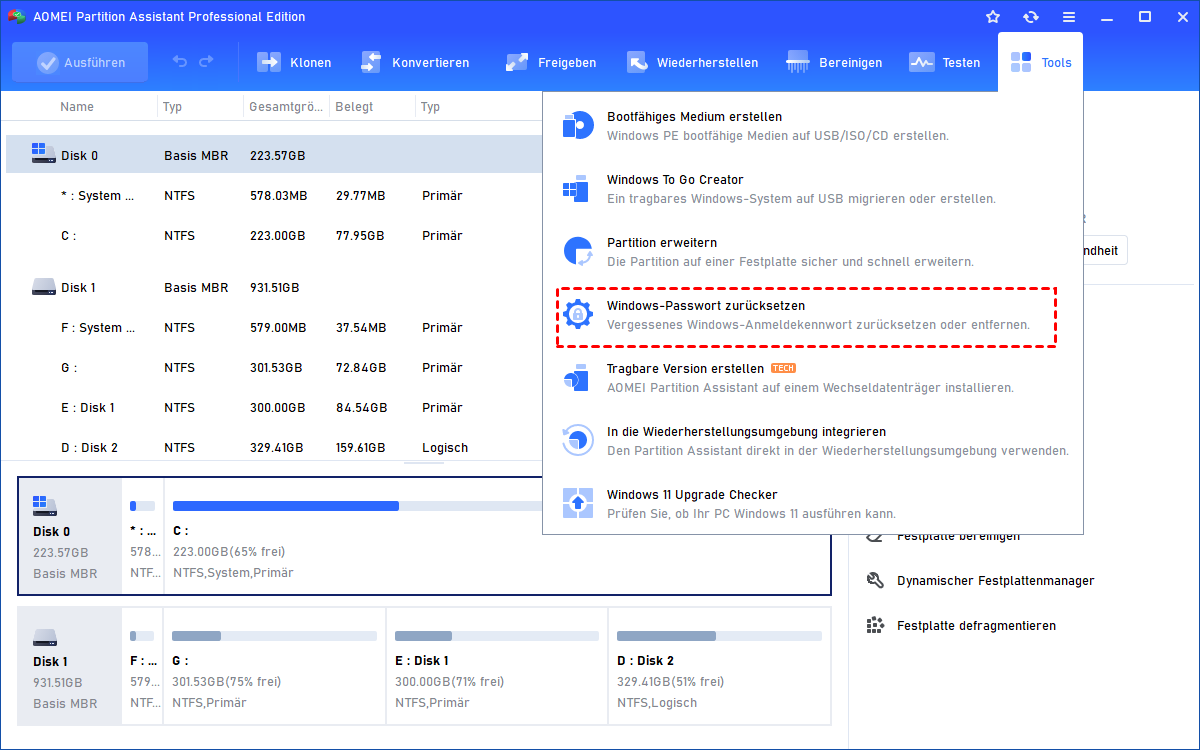

Let the download and installer run on its own.In most cases, when the Windows 10 operating system goes wrong and the PC starts to run slowly or even stop working properly, your first move will be searching online for a solution. Make sure you’re familiar with the drive letter/volume label of your USB stick, or simply consider removing the sticks you aren’t going to use during this installation to minimize the risk.

To learn how to burn ISO images to a disc, check out Tanmay’s guide here.Īt this stage you’ll be selecting the USB drive you want to use for the install. Downloading an iso file will allow you to burn a system image to a DVD, but we’re not doing that in this guide.


“USB flash drive” will install the appropriate files to a flash drive. Choose this based on the architecture of the system you’ll be installing it on. “Architecture” offers 32-bit, 64-bit or both. 32 and 64 bit require at least 3GB of storage on your USB drive, while having both versions on the stick will require at least 6GB. If this is for a completely new PC with no prior Windows installation, choose whichever edition you’re willing to pay for. If you run Windows 7/8 Professional, however, select Windows 10 Pro. If you’re running normal Windows, you should stick with Home. “Edition” depends on a multitude of factors. Under “Language,” select your preferred Language. If you want to create clean install media for this machine or another machine, select “Create installation media for another PC.” “Upgrade this PC now” will start a Windows 10 download and allow you to upgrade your current PC to Windows 10. Before proceeding, make sure you have a USB stick with 3GB+ of storage space to install Windows 10 on and that any important data on that stick has been backed up, as it will be wiped in this process. Once the Windows 10 Download Tool has finished downloading, open it and begin walking through the installer. To check what architecture you’re on, open Start, right-click “Computer” and select “Properties.” On the screen that follows, under “System” you’ll see “System-type” 32 or 64-bit ( For Windows 8 users: simply open your Start screen and type “See if you have a 32-bit or 64-bit version of Windows.”). Be sure to select the one corresponding to the architecture (32 bit or 64 bit) that the system you’re using is on. This, of course, leaves the question of how, but that’s what we’re here for, right? Getting the Boot Disk Installation ToolĬlick here to go to Microsoft’s website, where you can download a Windows 10 Download/Installation tool.


 0 kommentar(er)
0 kommentar(er)
